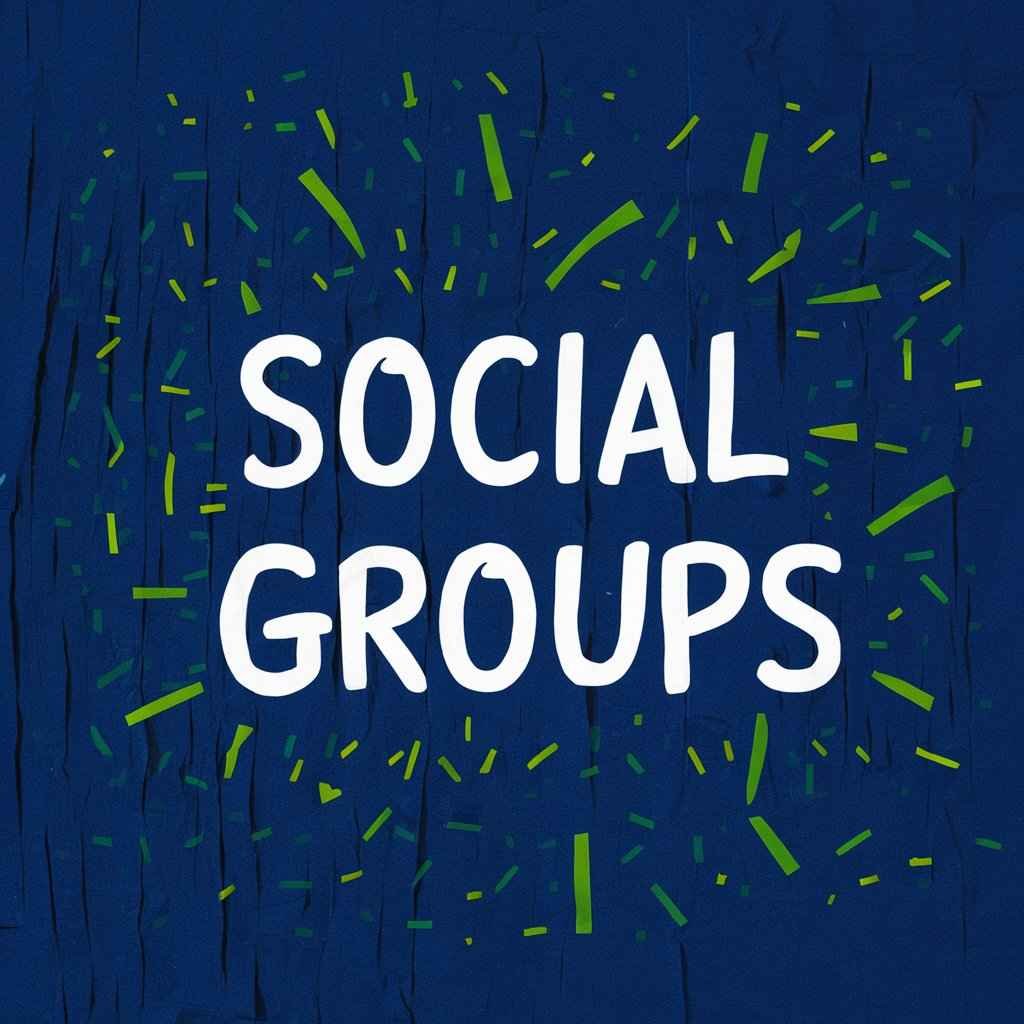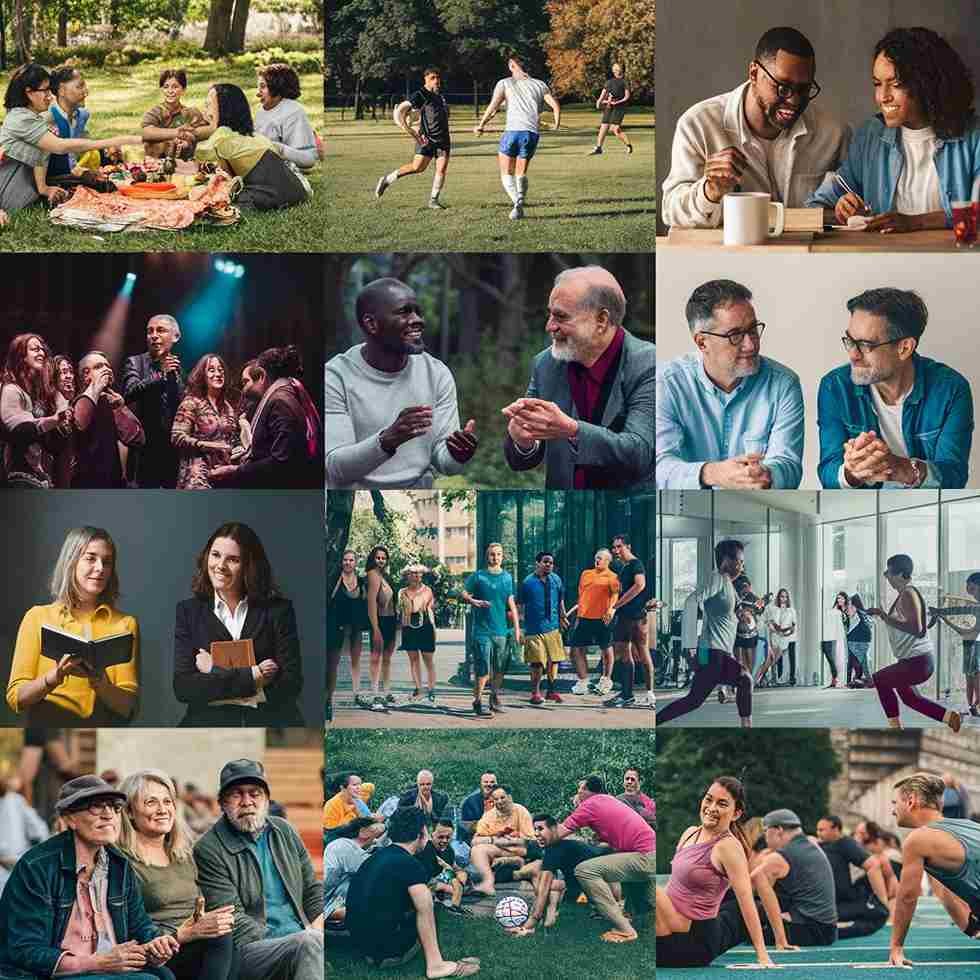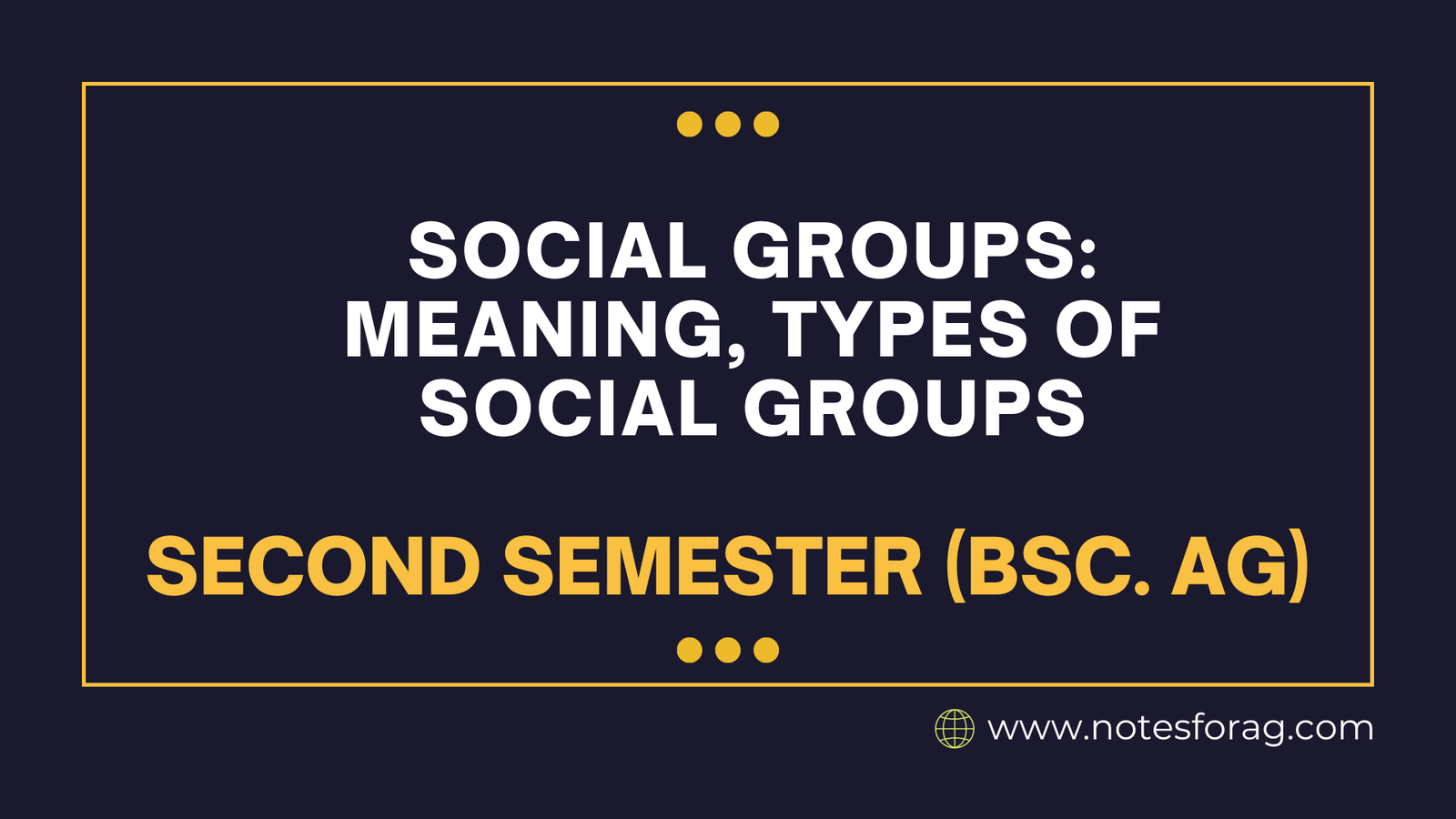A social group is an association of people who communicate, have things in common, and grow closer to one another. Social groups are the cornerstone of social structure and are essential in determining the norms and behaviors of the individual and the community. Primary and secondary groups, in-groups and out-groups, reference groups, formal and informal groups, and voluntary and involuntary groups are just a few of the different types into which they can be divided. Each type serves a specific role in social interactions and cohesiveness.
Table of Contents
Introduction to Social Groups

Social groups are essential to human society because they provide the framework for interpersonal communication and the development of communities. In a broad sense, a social group is any two or more people who interact with each other, have common interests, values, or identities, and feel united as a group. These can be formed by a variety of methods, such as shared interests, professional associations, family ties, or shared values and objectives.
It is impossible to overestimate the importance of social groups in society. They are essential in supporting individuals emotionally, creating a feeling of community, and influencing personal attitudes and behaviors. Family groups, for example, provide vital emotional and practical support to members throughout their lives, whereas professional groups can serve as a network of contacts, resources, and career-advancing opportunities. In addition to providing a platform for identity expression, social groups help people feel accepted and acknowledged by others.
Types of Social Groups

The different types of social groups are described below:
1. Primary Groups:
- Definition: Close-knit, enduring groups of people.
- Characteristics: Personal connections, deep emotional bonds, and substantial face-to-face communication.
- Examples: Close friends, family, and peer groups.
2. Secondary Groups:
- Definition: Bigger, more faceless teams with deadlines and a task focus.
- Features: Less personal interaction and more formal, goal-oriented relationships.
- Examples include coworkers in the workplace, associations for professionals, and study groups.
3. In-Groups:
- Definition: Groups that a person feels a sense of identity and belonging to.
- Qualities: Sensational sense of superiority over out-groups, strong loyalty, and shared values.
- Sports teams, nationalities, and religious groups are a few examples.
4. Out-Groups:
- Definition: Groups that a person does not identify with and may even harbor hostility toward.
- Qualities: Seen as unique, frequently with unfavorable prejudices and a lack of commitment.
- Examples include opposing political parties, rival sports teams, and rival businesses.
5. Reference Groups:
- Definition: Social groups that people hold themselves up to in order to assess how they behave.
- Qualities: Act as a standard for beliefs, morals, and conduct.
- Social media influencers, professional role models, and celebrity circles are a few examples.
6. Formal Groups:
- Definition: Intentionally formed groups with a clear goal and structure.
- Features: Clearly defined roles, official guidelines, and predetermined goals.
- Government agencies, businesses, and educational establishments are a few examples.
7. Informal Groups:
- Defined: Organically occurring groups lacking a formal or structured objective.
- Features: Personal relationships and flexible, casual interactions.
- Informal support groups, neighborhood get-togethers, and friends getting together for a hobby are a few examples.
8. Voluntary Groups:
- Definition: Self-chosen groups that people join to pursue common interests or objectives.
- Features: Predicated on shared interests, volunteerism, and frequently having a non-profit goal.
- Clubs, non-governmental organizations (NGOs), and hobby groups are a few examples.
9. Involuntary Groups:
- Definition: Groups into which people are born or compelled to belong.
- Features: Most of the time, membership is determined by circumstance rather than choice.
- Social class, ethnicity, and family are a few examples.
People interact with each other and maintain social order through social groups. Individual behavior and societal norms are significantly shaped by primary groups, which are intimate, and secondary groups, which are larger and more impersonal. It is easier to understand the intricacies of social dynamics and the variety of connections and interactions that people make in society when one is aware of the various kinds of social groups.
Frequently Asked Question(FAQ)
What is a social group?
A social group is an association of people who communicate, have things in common, and grow closer to one another. A social group’s members typically have comparable values, objectives, norms, and interests.
How do primary and secondary groups differ?
Primary groups consist of small, close-knit communities that are defined by intimate relationships between members, such as family and close friends. Secondary groups, like coworkers and professional associations, are bigger, impersonal, and task-oriented.
Related Articles

